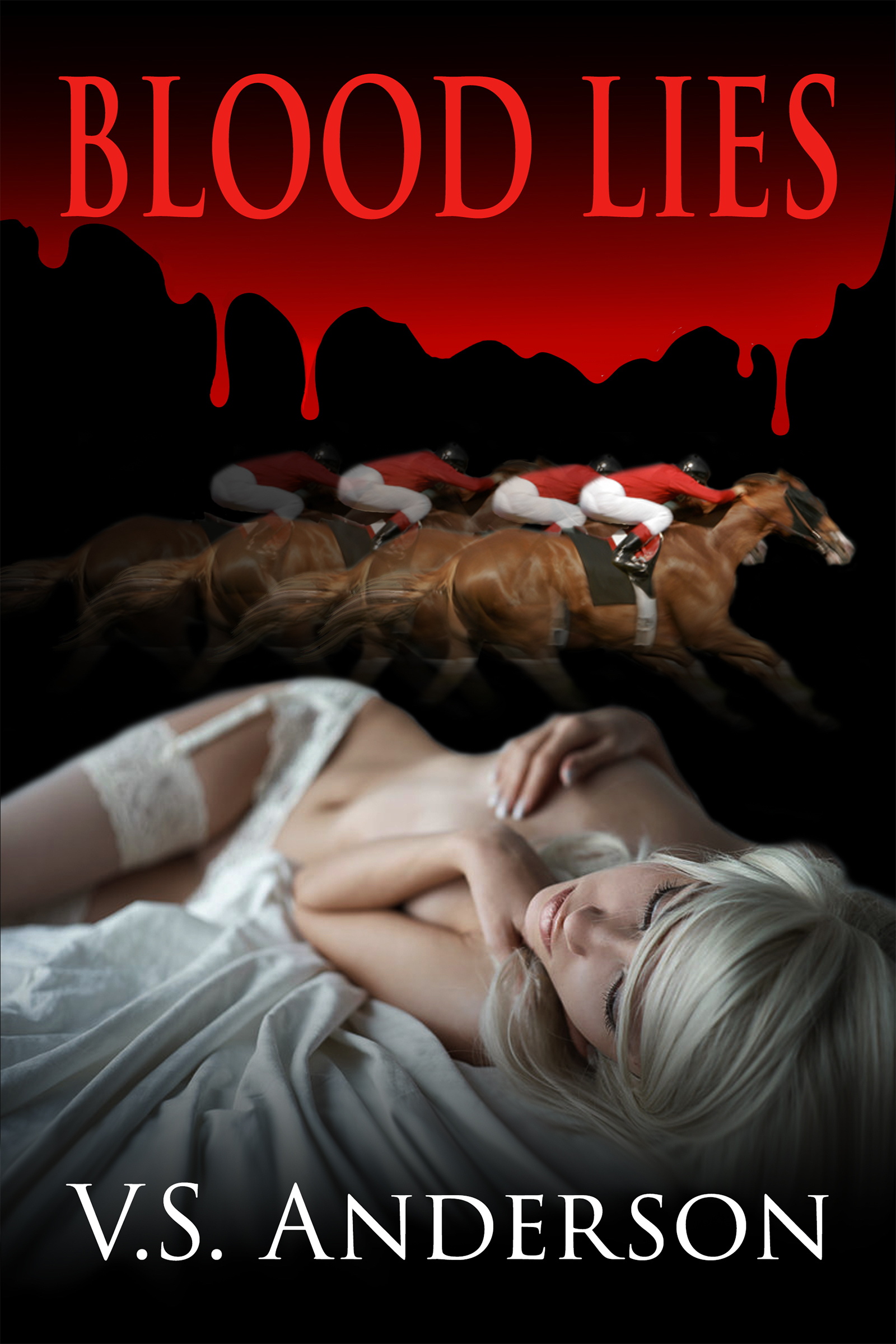Grammar Police do exist.
They’re called agents.
I present as evidence a memory of my then-agent saying that when she saw a comma after “and” or “but” in a query or manuscript, she quit reading.
I consider her automatic rejection a bit extreme, but she highlights an important fact: agents are always in need of a reason to move on to the next query. If something as simple as a misplaced comma can earn instant rejection, why not work on getting such small triggers fixed?
I’ve created a list of what I consider five basic comma rules; I argue that if your questionable comma doesn’t fit one of these categories, you’re better off leaving it out. Many times a sentence’s meaning is perfectly clear without commas even if technically you should use them. Commas, correctly placed, control rhythm and emphasis in sentences, and where you use one can be a judgment call.
However, there are a few places where commas tend to crop up when they really shouldn’t. In these instances, they can interrupt rhythm rather than improve it and in some cases, they actually muddle meaning.
Here are three “no comma zones” you should be aware of.
1. Around essential modifiers when the essential element is a name.
Understanding essential vs. non-essential modifiers can be daunting. Here, I’ll review the protocol, but check out this link for additional guidance and more good examples.
A non-essential modifier provides additional information that really is just that—additional. It isn’t needed for the sentence to make sense.
The old car, which was a lot like the one my grandfather used to drive, had been repainted bright blue.
Take out “which was a lot like the one my grandfather used to drive,” and the sentence works just fine.
Non-essential modifiers take TWO commas, one before and one after. Think of the commas as “cuts” you could use to lift out the non-essential stuff. But consider:
The car that gives you the most mileage is the one you should buy.
Without the modifier, we have:
The car is the one you should buy.
Since the point of the sentence is to say which car, the modifier is essential to the work the sentence is meant to do.
Essential modifiers DO NOT TAKE COMMAS. Using them around these elements violates the “no comma zone.” And that is even true—especially true—when the essential element is a name.
You may have been taught that “appositives” always take commas. They certainly can. Except when they are essential elements. To see how you can decide, look at this:
Author, Steven King, writes a lot of thrillers.
The commas mean you can lift the name out. Try it.
Author writes a lot of thrillers.
See?
If you have so many commas you really want to use them up, you can write instead,
The author, Steven King, writes a lot of thrillers.
Personally, I would use commas in this instance only if we were talking about some book of which Steven King is the author, not if we are talking about him in general as an author. Compare “The author Steven King writes a lot of thrillers.” In my view, that’s perfectly fine, even though “Steven King” is technically an appositive.
2. Between a subject and its verb
The cat with the calico coat, is my sister’s.
You wouldn’t do this? I’ve been in enough writing groups to know that a surprising number of people do. Understandable confusion arises when the “subject” is followed by some kind of interrupting modifier, which would be set off with commas:
The cat with the calico cat, however, is my sister’s.
In addition, looong subjects that may have their own internal commas can make it hard to detect the subject’s verb.
For example, in the sentence I just wrote, the “subject” extends from “looong subjects” all the way to “commas”; “can make” is the relevant verb. So sticking a “pause” between “commas” and “can” would violate this rule. Think of it as a “pause” that unnecessarily breaks up the sentence’s natural flow.
3. After introductory “And” or “But.”
If you are a disciple of Word’s grammar checker, you may never commit the supposed sin of starting a sentence with “And” or “But.” But doing so is completely acceptable, as long as it’s done in moderation. What’s NOT acceptable would be
But, doing so is completely acceptable, as long as it’s done in moderation.
The only possible reason to use a comma in this construction is to emphasize the “But.” In fact, commas in general throw emphasis onto the word directly before them. Such a strategy, though, should be a conscious decision. You couldn’t credibly claim you want to emphasize every “but” or “and” you write.
The Bottom Line:
While many excellent blog posts have been published about comma usage, in my view, these three cases of “no comma zones” have gotten short shrift. But each can act as a trigger for that agent or editor with a full inbox. Why not keep them reading long enough to discover your great work?
Chris The Story Reading Ape's Blog

 Give your novel a sentence-level workout. Here are 6 common problems, and the solutions that will improve the flow of your fiction and make the prose pop.
Give your novel a sentence-level workout. Here are 6 common problems, and the solutions that will improve the flow of your fiction and make the prose pop.










 on The Write Life:
on The Write Life:
 Almost every style guide will tell you should avoid the split infinitive.
Almost every style guide will tell you should avoid the split infinitive.

 Here’s some great help with a difficult concept:
Here’s some great help with a difficult concept:




